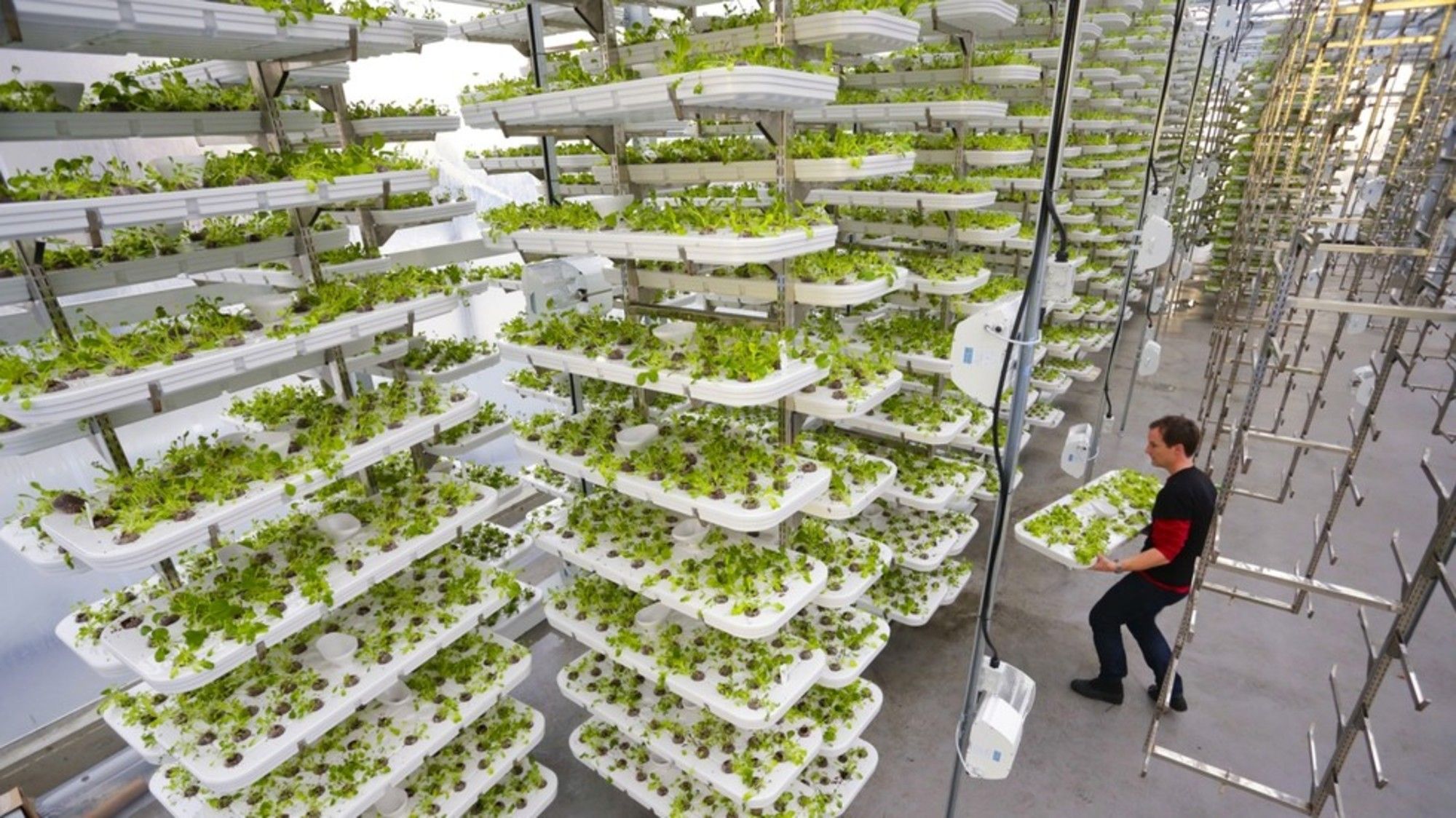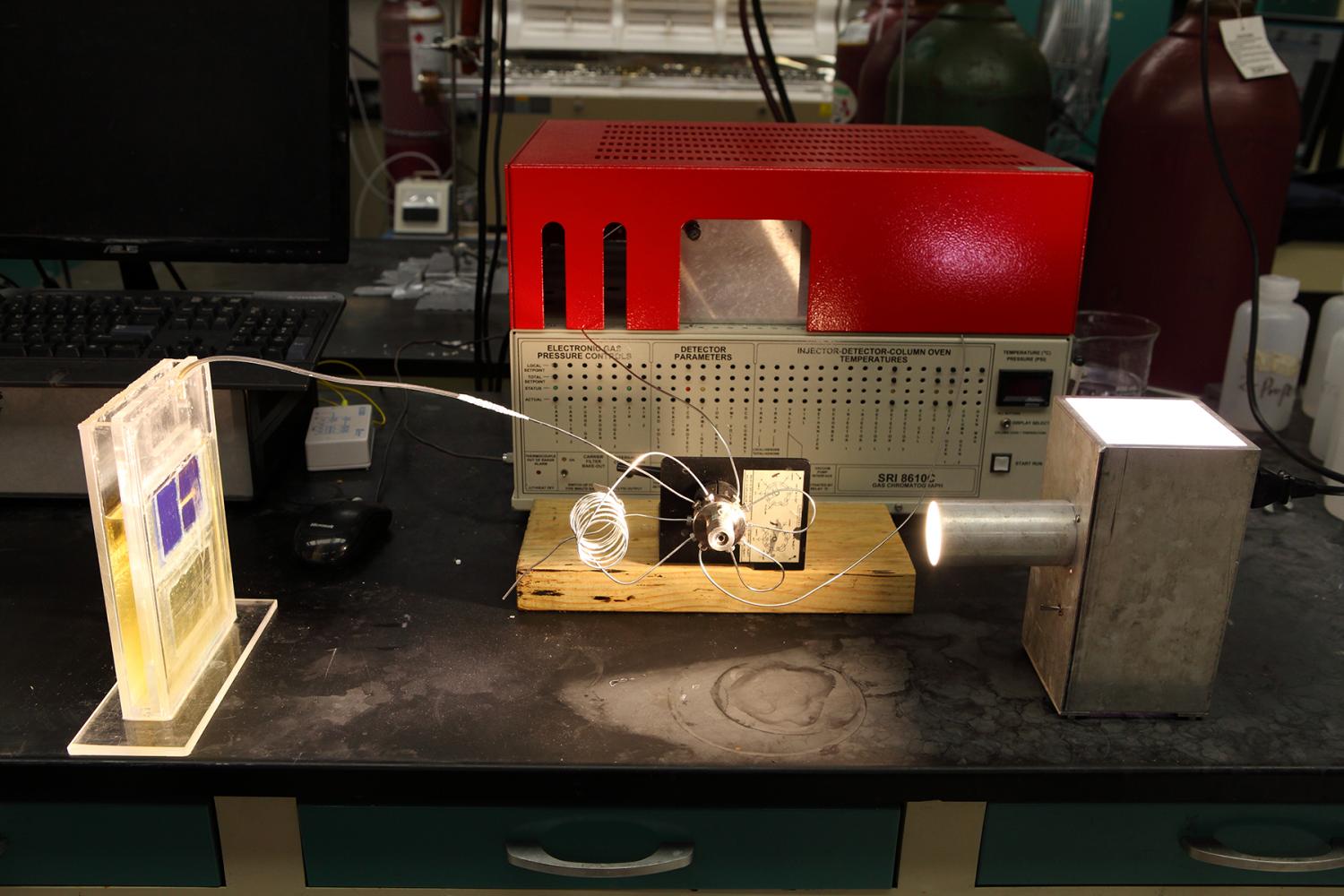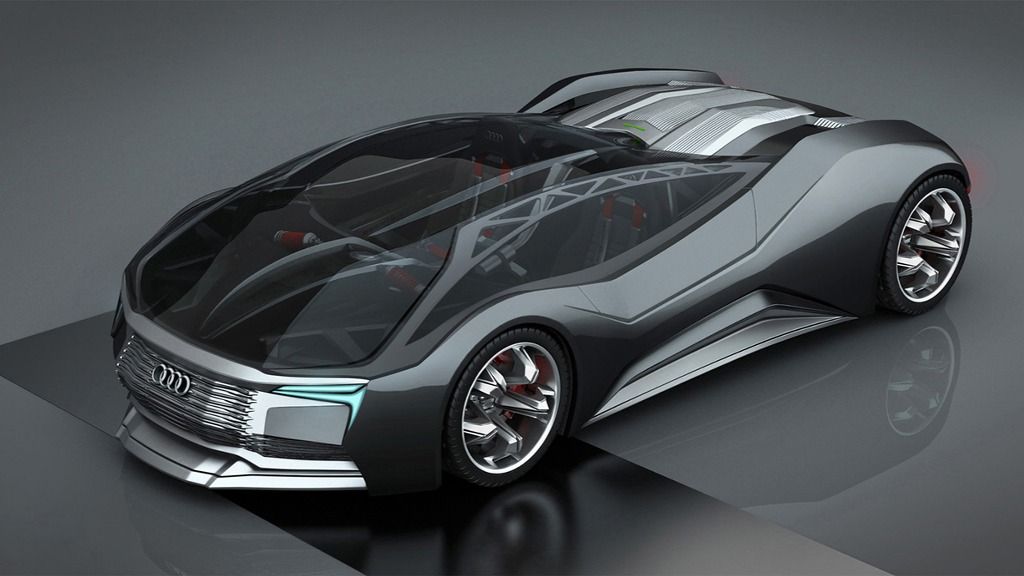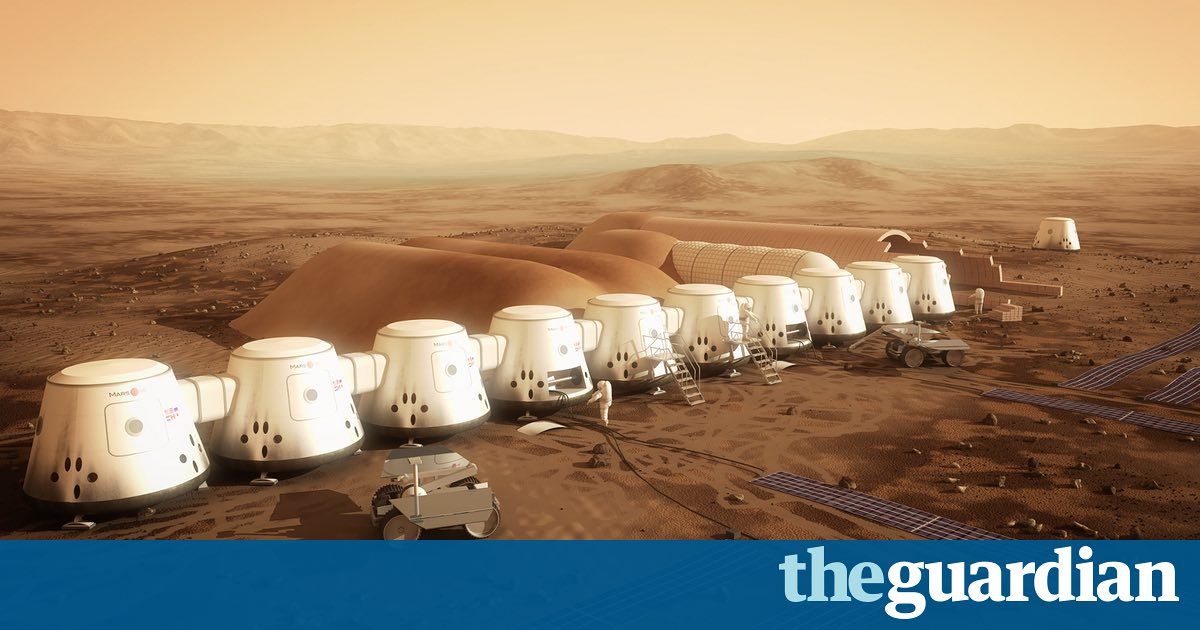Archive for the ‘sustainability’ category: Page 598
Jul 28, 2016
Breakthrough solar cell captures carbon dioxide and sunlight, produces burnable fuel
Posted by Klaus Baldauf in categories: solar power, sustainability
Researchers at the University of Illinois at Chicago have engineered a potentially game-changing solar cell that cheaply and efficiently converts atmospheric carbon dioxide directly into usable hydrocarbon fuel, using only sunlight for energy.
The finding is reported in the July 29 issue of Science and was funded by the National Science Foundation and the U.S. Department of Energy. A provisional patent application has been filed.
Unlike conventional solar cells, which convert sunlight into electricity that must be stored in heavy batteries, the new device essentially does the work of plants, converting atmospheric carbon dioxide into fuel, solving two crucial problems at once. A solar farm of such “artificial leaves” could remove significant amounts of carbon from the atmosphere and produce energy-dense fuel efficiently.
Jul 28, 2016
Scientists Synthesize Liquid Fuel from Solar Energy
Posted by Karen Hurst in categories: solar power, sustainability
The nextgen of Solar and fuel energy.
Scientists have just discovered a way to directly convert solar energy into a synthetic fuel using carbon dioxide. Current solar technologies operate in either photovoltaic solar or thermal solar. Photovoltaic solar energy is generated through solar panels, which are typically seen on the roofs of houses and many solar plants. The other method of thermal solar is typically only used in large-scale energy plants, as it used mirrors to focus solar energy to heat a liquid which then powers turbines. Both methods, however, involve the conversion of solar energy into electricity. While electricity is useful, much energy is lost in the storing of electricity, something that the conversion process to liquid fuel overcomes.
Jul 26, 2016
Welcome to Lab 2.0 Where Computers Replace Experimental Science
Posted by Karen Hurst in categories: chemistry, computing, mobile phones, physics, science, solar power, sustainability

We spend our lives surrounded by high-tech materials and chemicals that make our batteries, solar cells and mobile phones work. But developing new technologies requires time-consuming, expensive and even dangerous experiments.
Luckily we now have a secret weapon that allows us to save time, money and risk by avoiding some of these experiments: computers.
Continue reading “Welcome to Lab 2.0 Where Computers Replace Experimental Science” »
Jul 26, 2016
Quantum dot photosensitizers as a new paradigm for photochemical activation
Posted by Karen Hurst in categories: chemistry, quantum physics, solar power, sustainability
Interesting work on solar energy and Q-dot photosensitizers.
Interfacial triplet-triplet energy transfer is used to significantly extend the exciton lifetime of cadmium selenide nanocrystals in an experimental demonstration of their molecular-like photochemistry.

Continue reading “Quantum dot photosensitizers as a new paradigm for photochemical activation” »
Jul 25, 2016
Computers Could Use More Than World’s Production of Energy by 2040
Posted by Karen Hurst in categories: computing, sustainability
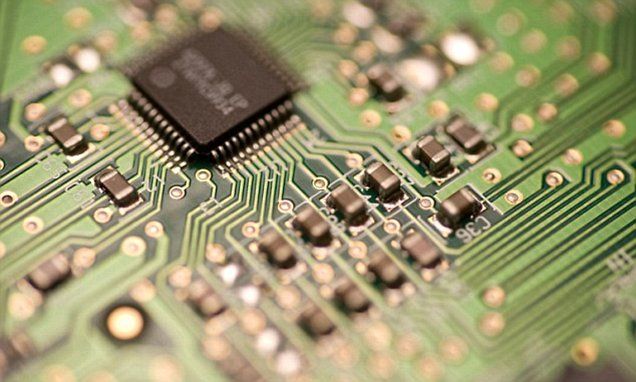
The report, by the Washington DC-based Semiconductor Industry Association and the Semiconductor Research Corporation, includes a chart which shows for the amount energy needed per bit, computing will not be sustainable by 2040.
This is when the energy required for computing is estimated to exceed the estimated world’s energy production.
Continue reading “Computers Could Use More Than World’s Production of Energy by 2040” »
Jul 25, 2016
China Bans Testing Of Autonomous Cars On Its Highways
Posted by Karen Hurst in categories: robotics/AI, sustainability, transportation
No offense Tesla, Google, GM, etc.
China has banned highway testing of autonomous vehicles while the country’s auto-industry regulator works with local police to determine specific national rules about autonomous car testing.
Jul 23, 2016
Audi Mesarthim F Tron Quattro concept supercar that is powered with nuclear fusion
Posted by Andreas Matt in categories: nuclear energy, sustainability, transportation
The concept of nuclear fusion is definitely a reliable and sustainable option to meet the energy needs of the world without fossil fuels. There are several scientists who will suggest this as a beneficial option. Nuclear Fusion is a method of fusing together the atomic nuclei. It can produce vast amount energy with only a small amount of fuel. It can prove to be really beneficial if control of the method is perfected. It will take only a small number of small fusion power stations to provide sufficient energy for the whole world. It will also ensure no harmful emissions at all. The Audi Mesarthim F Tron Quattro concept is a nuclear powered car imagined by Grigory Gorin, a Russian car designer.
The Russian car designer imagined this amazing concept of providing power to a car by harnessing nuclear fusion. The fusion reactor along with the attached plasma injectors can be seen in the middle of this Audi concept car. The equipments required to generate the steam are packaged around them. The heat of the reactor is used which spins a turbine that connected to a generator. The generator charges the batteries that are located at the front and alongside of the Audi Mesarthim F Tron Quattro concept. The batteries power the electric motors (wheel mounted).
Jul 22, 2016
Facebook’s solar-powered internet drone takes flight
Posted by Shailesh Prasad in categories: drones, internet, solar power, sustainability
SAN FRANCISCO Facebook Inc (FB.O) said on Thursday it had completed a successful test flight of a solar-powered drone that it hopes will help it extend internet connectivity to every corner of the planet.
Aquila, Facebook’s lightweight, high-altitude aircraft, flew at a few thousand feet for 96 minutes in Yuma, Arizona, Chief Executive Mark Zuckerberg wrote in a post on his Facebook page. The company ultimately hopes to have a fleet of Aquilas that can fly for at least three months at a time at 60,000 feet (18,290 meters) and communicate with each other to deliver internet access.
Google parent Alphabet Inc (GOOGL.O) has also poured money into delivering internet access to under served areas through Project Loon, which aims to use a network of high-altitude balloons to made the internet available to remote parts of the world.
Continue reading “Facebook’s solar-powered internet drone takes flight” »
Jul 22, 2016
Let’s all move to Mars! The space architects shaping our future
Posted by Klaus Baldauf in categories: food, habitats, space travel, sustainability
We’ve had starchitects. Now we’ve got space architects. Oliver Wainwright meets the people measuring up the red planet for inflatable homes and farms made of moondust concrete.
